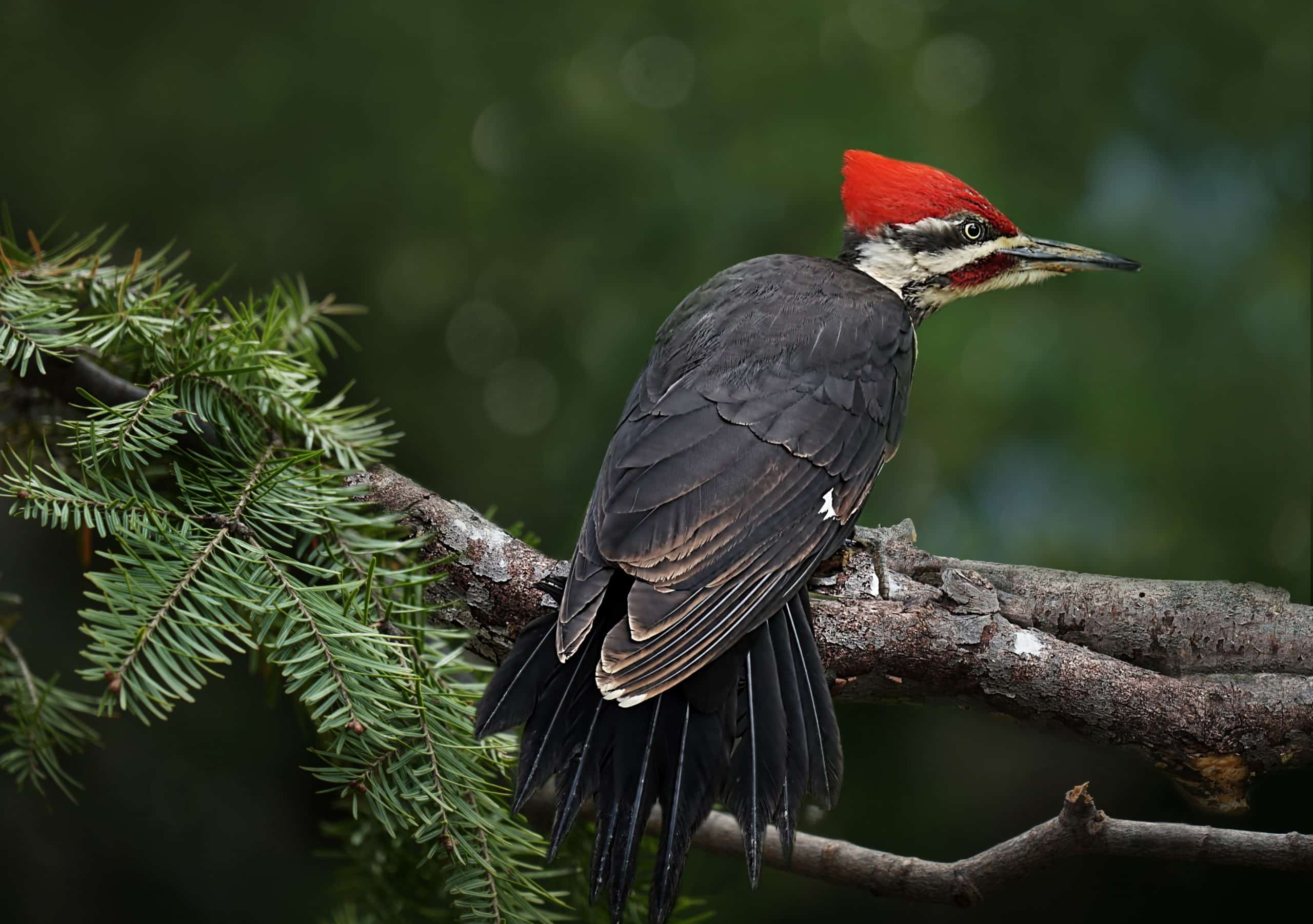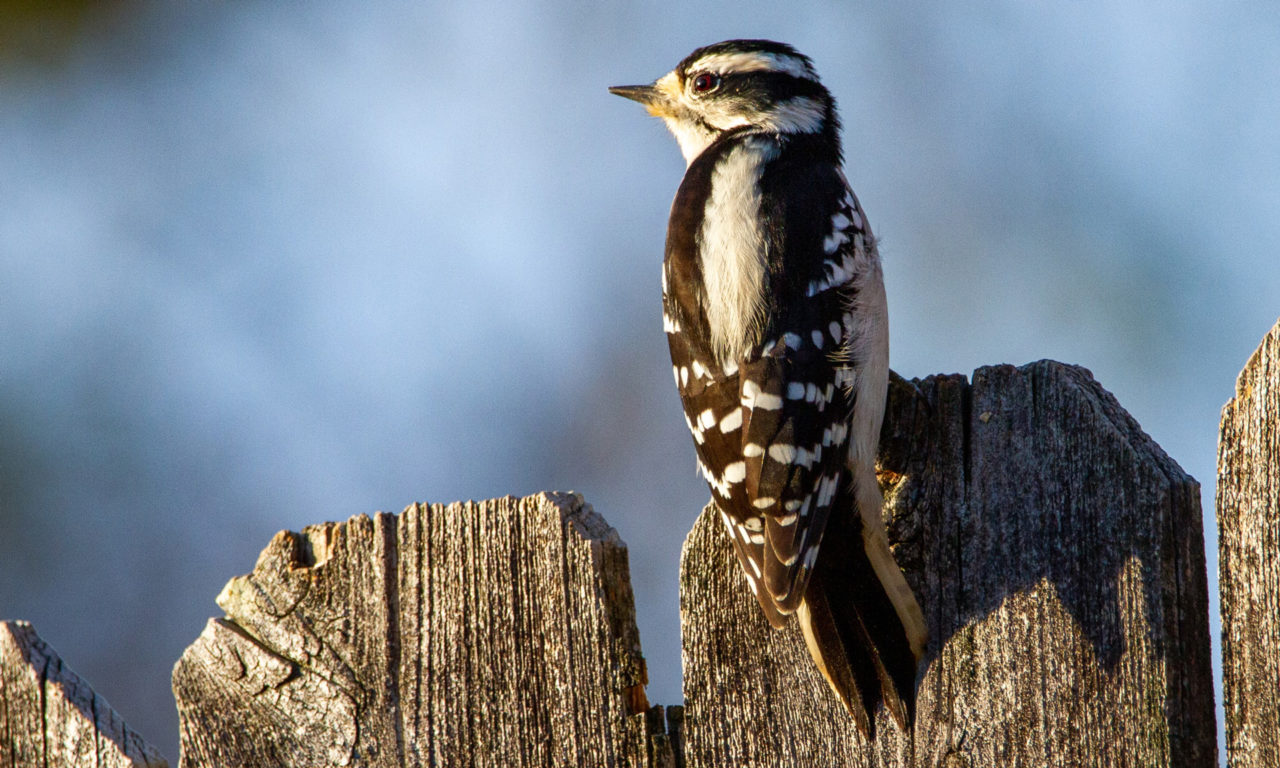Encountering Woodpeckers in Florida Types: Environments and Behavior
Encountering Woodpeckers in Florida Types: Environments and Behavior
Blog Article
Introducing the Keys of Woodpeckers: Behavior, Environment, and More
Woodpeckers, with their one-of-a-kind behaviors and specialized adaptations, have actually lengthy fascinated scientists and nature fanatics alike. These amazing birds possess a variety of intriguing secrets that shed light on their survival techniques, habitat preferences, and intricate communication approaches. By discovering the enigmas bordering woodpeckers' actions and environment selections, a deeper understanding of these bird marvels arises, offering a glimpse right into their interesting world. What makes these birds absolutely exceptional, and how do they navigate their atmosphere with such precision and skill? Let's explore the exciting realm of woodpeckers and decipher the enigmatic details that make them such intriguing subjects of research study.
Woodpecker Habits Insights
In examining woodpecker actions, a fascinating display screen of specialized skills and adaptations emerges, losing light on their amazing environmental niche. Woodpeckers, understood for their unique drumming on trees, possess a range of behavioral qualities that add to their survival and success in their environment.
Furthermore, woodpeckers display a distinct feeding actions defined by their ability to extract insects from tree bark using their specialized beaks. Their lengthy, barbed tongues help in capturing prey, while their strong neck muscle mass offer stability and accuracy during pecking activities. This feeding technique enables woodpeckers to gain access to hidden insect larvae and remove them with amazing performance.
Habitat Preferences and Option
What factors influence the environment preferences and option of woodpeckers? Woodpeckers are extremely adaptable birds understood to inhabit various settings worldwide. Nonetheless, they do display choices for specific habitat characteristics. One important element influencing woodpecker habitat choice is the accessibility of ideal nesting sites. Woodpeckers typically choose woodlands with a mix of mature trees that offer enough opportunities for tooth cavity excavation. These tooth cavities work as essential nesting and roosting sites for woodpeckers and are important for their reproducing success.
In addition, woodpeckers show a preference for environments with an abundant supply of food sources. They are primarily insectivorous, eating beetles, ants, larvae, and various other pests found in rotting timber or tree bark. Woodpeckers have a tendency to favor woody locations with a diverse insect population to fulfill their nutritional requirements.
Additionally, the existence of dead or worn out trees is one more vital factor in woodpecker environment choice. These trees not only give food resources but also provide suitable substratum for cavity excavation. Dead trees are important for the maintenance of healthy and balanced woodpecker populations, as they play a vital role in the woodpeckers' life cycle and ecosystem characteristics.
Feeding Practices and Diet Regimen Structure
Woodpeckers demonstrate a specialized feeding habits concentrated on foraging for pests within various habitats. Their diet regimen primarily includes pests such as beetles, go to this web-site ants, caterpillars, and crawlers, which they locate by tapping on tree bark and listening for the sound of activity inside. Woodpeckers use their solid beaks to drill right into the timber and their long, barbed tongues to extract prey from crevices. In enhancement to bugs, woodpeckers also take in tree sap, fruits, nuts, and seeds, including selection to their diet relying on the period and schedule of food resources.
The foraging techniques of woodpeckers are well-adapted to their arboreal way of living. Woodpeckers play a vital duty in keeping check over here the wellness of forests by regulating insect populaces and aiding in the disintegration of wood.
Drumming Appears and Interaction
Making use of rapid drumming noises on numerous surface areas, woodpeckers use a distinctive form of communication to signal territory boundaries and draw in companions. This drumming behavior is not only a way of interaction but also functions as a method for woodpeckers to establish their visibility within a certain area. The strength, speed, and pattern of the drumming can convey vital info to other woodpeckers around.
Woodpeckers utilize drumming audios to reveal their presence in an area and to warn off possible intruders. The loud and recurring nature of the drumming acts as a clear signal to various other woodpeckers that the area is currently claimed. This aids in decreasing problems and reducing physical battles between people.

Survival Adaptations and Specialized Anatomy

Verdict
In verdict, woodpeckers display unique actions, such as drumming audios for communication, and have specialized makeup for survival in their picked habitats. Their feeding habits and diet regimen make-up additionally demonstrate their flexibility to different environments. By recognizing these facets of woodpeckers, scientists and guardians can better shield and protect these fascinating birds and their ecological communities.
Report this page